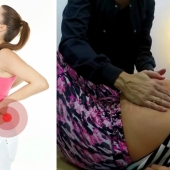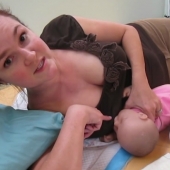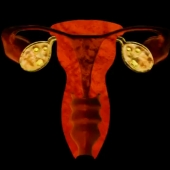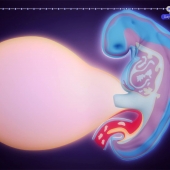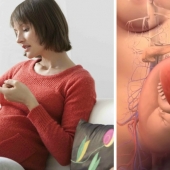Human fertilization is the union of a human egg and sperm, usually occurring in the ampulla of the uterine tube. The result of this union is the production of a zygote cell, or fertilized egg, initiating prenatal development. Scientists discovered the dynamics of human fertilization in the nineteenth century.
- Ovulation (when an egg, or ovum, is released from the ovary) occurs on or around day 14 of a woman’s menstrual cycle.
- The egg enters the fallopian tube and starts its journey towards the uterus (womb).
- After intercourse, it takes one to 2 hours for sperm to reach the ends of the fallopian tubes. The sperm usually meet the egg in the outer one-third of the fallopian tube.
- One of the millions of sperm that have been travelling towards the egg manages to penetrate it.
- The sperm loses its tail, leaving only the head (which contains the genetic material) inside the egg. Fertilisation occurs when the genetic material from the egg and sperm combine.
- As the fertilised egg (known as a zygote) continues to travel along the fallopian tube, it starts to divide and form an embryo.
- When the developing embryo reaches the uterus — which occurs about 3 to 6 days after ovulation — it is made up of about 16 cells, and called a morula.
- When the morula is a mass of about 100 cells, it forms a structure called a blastocyst, which has a fluid-filled cavity, an outer cell layer and an inner cell mass. The outer layer of cells will form the placenta, and the inner cell mass will form the fetus.
- The blastocyst usually embeds in the lining of the uterus (the endometrium) within 7 days of ovulation, where it will continue to grow and develop.
About video: This video details the process of fertilization post-intercourse. A step by step process is shown from the entrance of the sperm to the female reproductive system to the formation of the zygote.
- 7981 views

